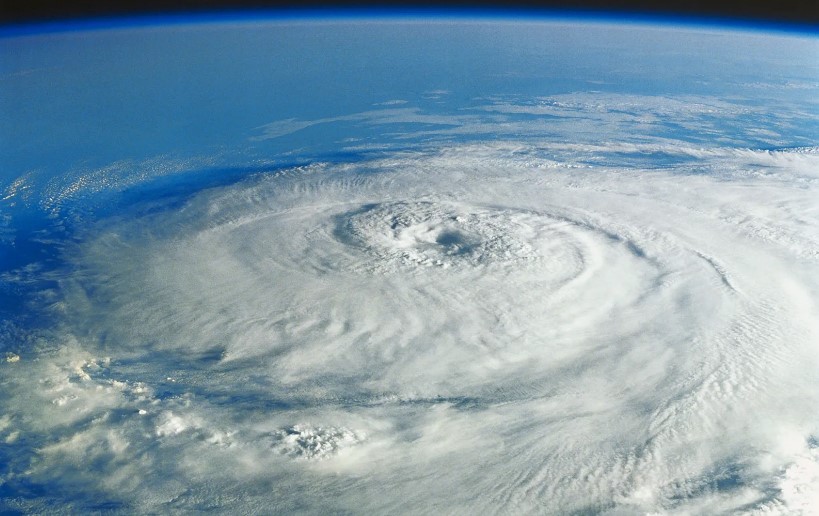In recent weeks, California has faced the impact of a relentless atmospheric river that has brought continuous rainfall from the Pacific Ocean across the state. Data from the National Oceanic and Atmospheric Administration (NOAA) and the National Weather Service (NWS) indicate significant rainfall between December 26, 2022, and January 11, 2023.
During these 16 days, downtown San Francisco recorded 345 mm of rain, while Oakland saw 327.7 mm, setting new records for their 16-day rainfall totals. This heavy precipitation is especially notable given the previously dry conditions during the summer and autumn, which left the soils unable to absorb the intense rainfall effectively, exacerbating the flooding.
On January 9-12, Tropical Cyclone Hale struck New Zealand’s North Island, causing severe thunderstorms that brought 156.5 mm of rain to Hikuwai in Gisborne within just 12 hours. Other areas around Gisborne also received over 100 mm during this period.

On January 10, Pinnacles in the Coromandel ranges recorded 219 mm, and Whitianga Aerodrome experienced the fifth wettest January day on record.
In stark contrast, extreme cold has gripped Russia, with Siberia’s remote town of Dzhalinda experiencing an unprecedented -62.1°C on January 10. This is the lowest temperature recorded in Siberia since 2002, though temperatures this low have become rarer over the years.
The all-time coldest temperature recorded in Russia remains -67.8°C from 1933. The frigid conditions are expected to persist across eastern Russia, with temperatures continuing to be 15-20°C below average.
Similarly, central and southwest Asia have been experiencing unusual cold spells, with Nurata in Uzbekistan breaking its monthly record low temperature on January 12, reaching -29.2°C. Cold weather is expected to persist in southwest Asia but should lessen in intensity over the coming week.

